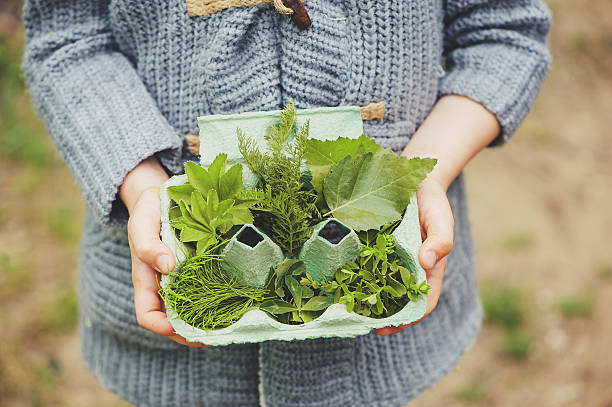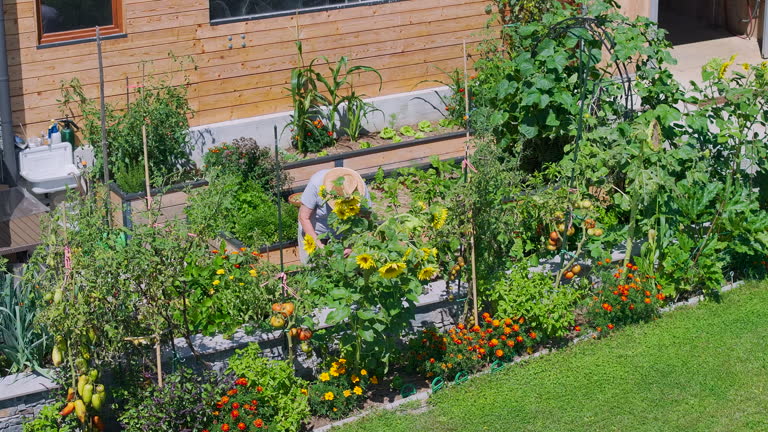


Eco-conscious gardens focus on sustainability, biodiversity, and minimizing environmental impact. Here’s how
1. Use of Native and Pollinator-Friendly Plants
Native Plants: Choose plants native to your region, as they are adapted to the local climate, require less water, and support local wildlife. Examples include native wildflowers, shrubs, and trees, which also help preserve biodiversity
Pollinator Gardens: Plant flowers like milkweed, coneflowers, and borage to attract bees, butterflies, and birds. Pollinator-friendly gardens are a critical component of eco-conscious gardening since they support the ecosystem
2. Water Conservation
Drought-Tolerant Plants: Xeriscaping, which involves planting drought-tolerant species, reduces the need for excessive watering. Succulents, lavender, and ornamental grasses are great examples
Smart Irrigation: Implementing smart sprinkler systems or drip irrigation can reduce water waste by adjusting watering times based on weather conditions
3. No-Dig Gardening and Soil Health
No-Dig Method: This approach minimizes soil disturbance and preserves the ecosystem underground, helping to store carbon and improve plant health. Covering soil with organic matter like mulch or compost also enriches it without using chemical fertilizers
Composting: Incorporating compost from kitchen and garden waste is an effective way to nourish the soil and reduce landfill waste
4. Wildlife Habitats
Encouraging Biodiversity: Install features like birdhouses, insect hotels, or small water sources to create habitats for birds, insects, and other wildlife. These features contribute to a balanced and thriving ecosystem in your garden
5. Reducing Lawns
Eco-Lawns: Traditional lawns consume large amounts of water, fertilizer, and maintenance. Replacing them with eco-lawns that include clover, wildflowers, and other low-maintenance plants can save resources and attract beneficial insects
Eco-conscious gardens are not only beautiful but also support environmental health by conserving water, reducing waste, and fostering biodiversity. This sustainable approach to gardening makes it easier to create spaces that benefit both humans and nature.







